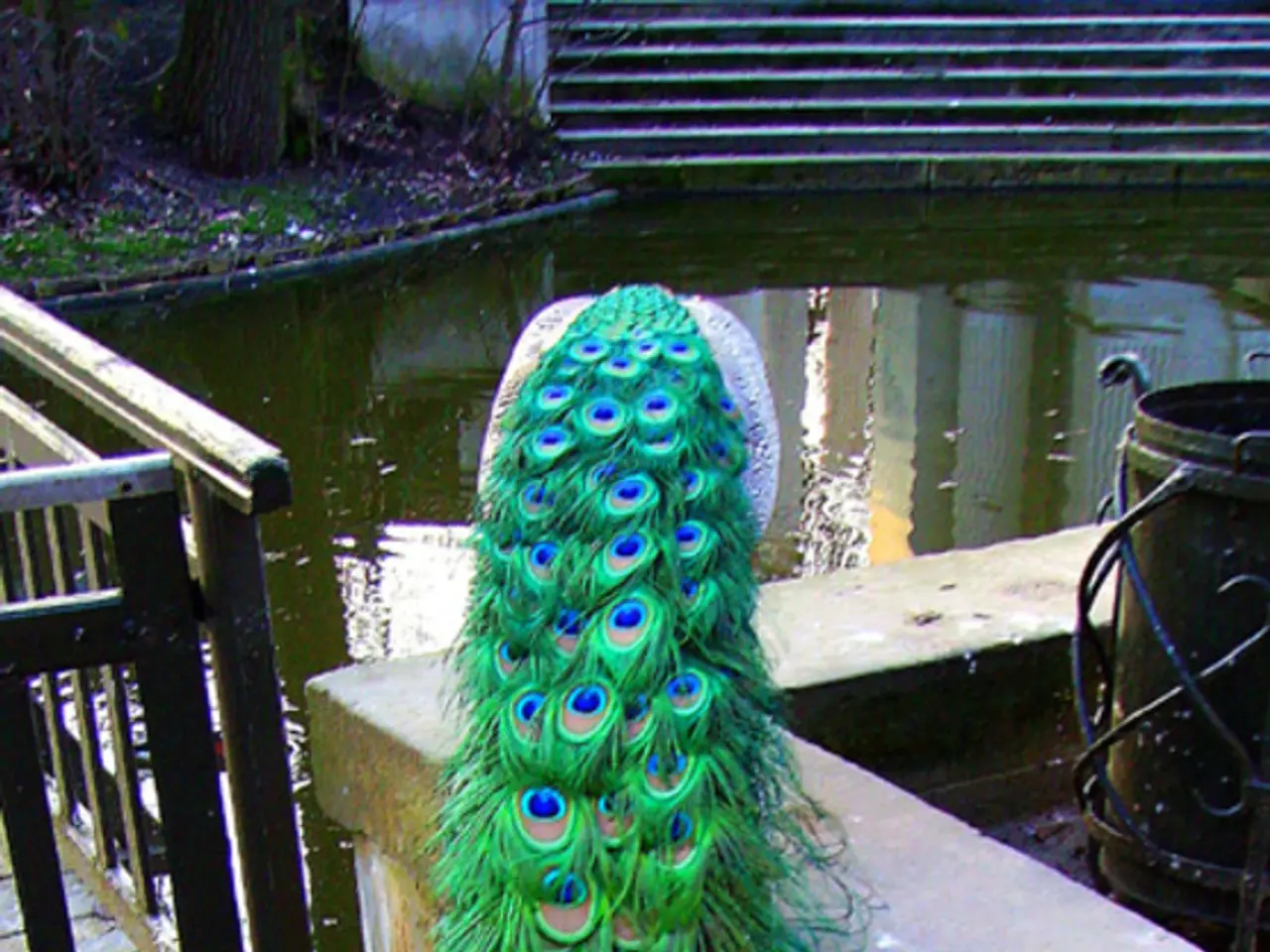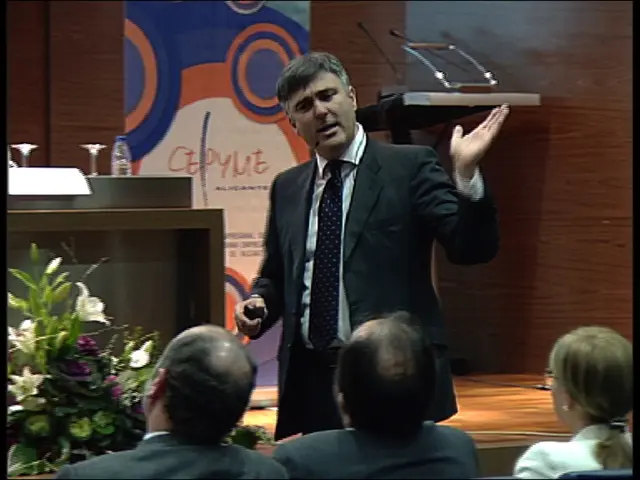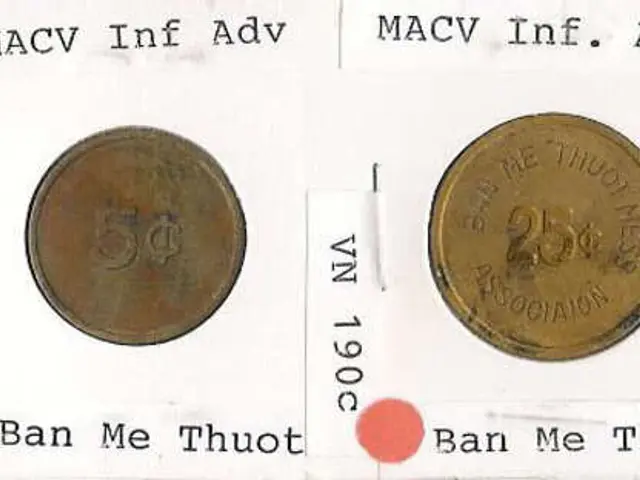Advancing Quantum Computing for Conservation: Impacts on Endangered Species Preservation
Quantum computing, a revolutionary technology, is making strides in various fields, and conservation is no exception. This innovative technology holds the potential to significantly enhance conservation efforts, particularly in the fight against the illegal wildlife trade and the preservation of endangered species.
One of the key advantages of quantum computing lies in its ability to process and analyse vast and complex datasets at an unprecedented speed. This speed boost enables better modelling of ecosystems and species interactions, optimising resource allocation, and improving the predictive accuracy of environmental changes.
The illegal wildlife trade poses a significant threat to endangered species. Quantum computing could enhance surveillance systems, making them more effective in enforcing wildlife protection laws. By improving the data processing and pattern recognition capabilities of acoustic sensors and camera traps, quantum computing enables faster identification of poaching activities.
The future applications of quantum computing in conservation science are promising. By combining quantum capabilities with traditional conservation methods, a more robust approach to preserving biodiversity could be fostered. This could lead to a future where technology and nature thrive together, with quantum computing playing a crucial role in the preservation of our planet's rich wildlife.
However, it's important to note that quantum computing is not a panacea for all the challenges faced by endangered species. The application of quantum computing in wildlife conservation faces challenges, including its nascent state and the need for substantial interdisciplinary collaboration and investment.
Integrating quantum solutions into existing conservation frameworks is a significant consideration. Quantum computing could optimise resource allocation in conservation efforts by predicting the most effective deployment of funds, personnel, and time. This could minimise waste and enhance the impact of conservation projects.
As researchers and conservationists continue to explore the synergy between quantum computing and conservation, the prospect of a future where technology and nature coexist harmoniously becomes increasingly tangible. While there are challenges to overcome, the potential benefits for wildlife conservation are undeniably significant.
Read also:
- Peptide YY (PYY): Exploring its Role in Appetite Suppression, Intestinal Health, and Cognitive Links
- Toddler Health: Rotavirus Signs, Origins, and Potential Complications
- Digestive issues and heart discomfort: Root causes and associated health conditions
- House Infernos: Deadly Hazards Surpassing the Flames








